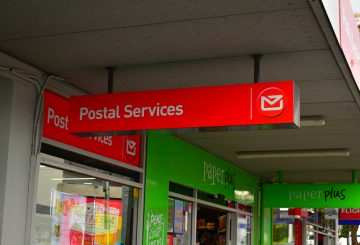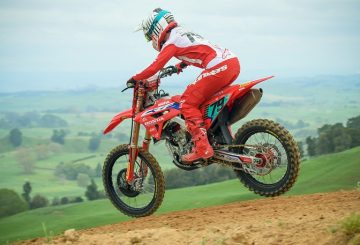노동당 지도자 크리스 힙킨스 (Chris Hipkins) 는 토요일 오클랜드에서 연설하면서 정부가 마오리 사람들을 부당하게 표적으로 삼고 있다고 말했다.그는 최근 정부 기관에서의 학대에 관한 보고서가 마오리인들이 인종차별과 폭력을 비롯해 가혹한 대우를 받았던 “부끄러운 역사”를 보여준다고 언급했다.
힙킨스는 정부가 마오리인들이 지방의회에서 발언권을 가질 수 있도록 허용하는 법률을 개정했다고 비판하면서, 이는 평의회가 원하는 바를 무시하는 처사라고 말했다.그는 또한 대부분의 참가자가 마오리족인 젊은 범죄자들을 위한 부트 캠프를 다시 만들기로 한 정부의 결정을 비난했다.그는 이들 부트 캠프가 과거에는 학대 행위로 알려져 있었다고 주장했다.
그는 가열식 담배 제품에 대한 세금을 인하하기로 한 정부의 결정을 비판하면서, 특히 젊은이들 사이에서 중독이 심해질 것이라고 주장했습니다.힙킨스는 정부가 보건 전문가 대신 담배 로비스트들의 조언을 따르고 있다고 말했습니다.
그는 마오리족의 권리를 제한하는 것을 목표로 하는 ACT Party의 법안 초안에 반대를 표명했다.그는 많은 키위인들이 마오리 문화를 지원하고 마오리 사람들의 성과를 개선하기를 원한다고 말했다.그는 마오리족이 성공하면 모든 사람이 혜택을 받는다고 덧붙였다.
이에 대해 ACT 의원 토드 스티븐슨 (Todd Stephenson) 은 노동당이 뉴질랜드에 분열을 일으켰다고 비난했다.그는 많은 뉴질랜드 국민들이 노동당 지도부 아래 뉴질랜드가 점점 더 분열되고 있다고 느끼고 있다는 여론조사를 인용했다.스티븐슨은 노동당이 여러 집단을 서로 경쟁시키고 불법적으로 헌법을 바꾸려고 시도했다고 주장했다.그는 통일된 민주주의 체제하에서 마오리를 포함한 모든 문화를 기념할 수 있다고 강조했다.





























































